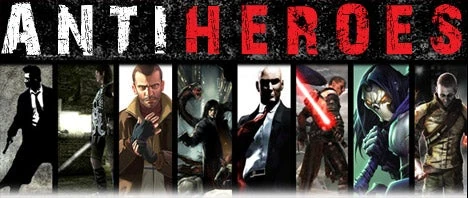Anti-heroes are those characters in a story who do not neatly fit the hero or villain template. They are not the typical heroes we cheer for, nor are they the clear-cut bad guys. Instead, they are a blend of both, and that’s what makes them intriguing. They are complex, like real people with strengths and flaws. They might have noble intentions, but their methods can be questionable. Unlike the villains who just want to create chaos, anti-heroes have a unique charm due to their shades of grey.
In literary classics, Heathcliff from English novelist Emily Brontë’s Wuthering Heights epitomises the anti-hero. His all-consuming rage, jealousy, passionate love, and tortured soul blur the lines between right and wrong. Likewise, Jay Gatsby in American novelist F. Scott Fitzgerald’s The Great Gatsby strives for the American Dream, yet his questionable dealings and obsession undermine his noble pursuits. Children’s literature too embraces anti-heroes. Consider the Grinch in American writer Dr. Seuss’ How the Grinch Stole Christmas! His journey from bitter isolation to redemption showcases his complexity. Even Severus Snape from British writer J.K. Rowling’s Harry Potter series, with his abrasive exterior and concealed motivations, is a prime example. Anti-heroes bring out the complexity of human nature in stories. They challenge the common pattern of good versus evil. While villains embody darkness and challenge the hero, anti-heroes show us both sides of the coin. Their journey is one of self-discovery, and they help us as readers reflect on the fact that people are not one-dimensional. Instead, they carry a mix of both good and bad traits.
Picture Credit : Google


